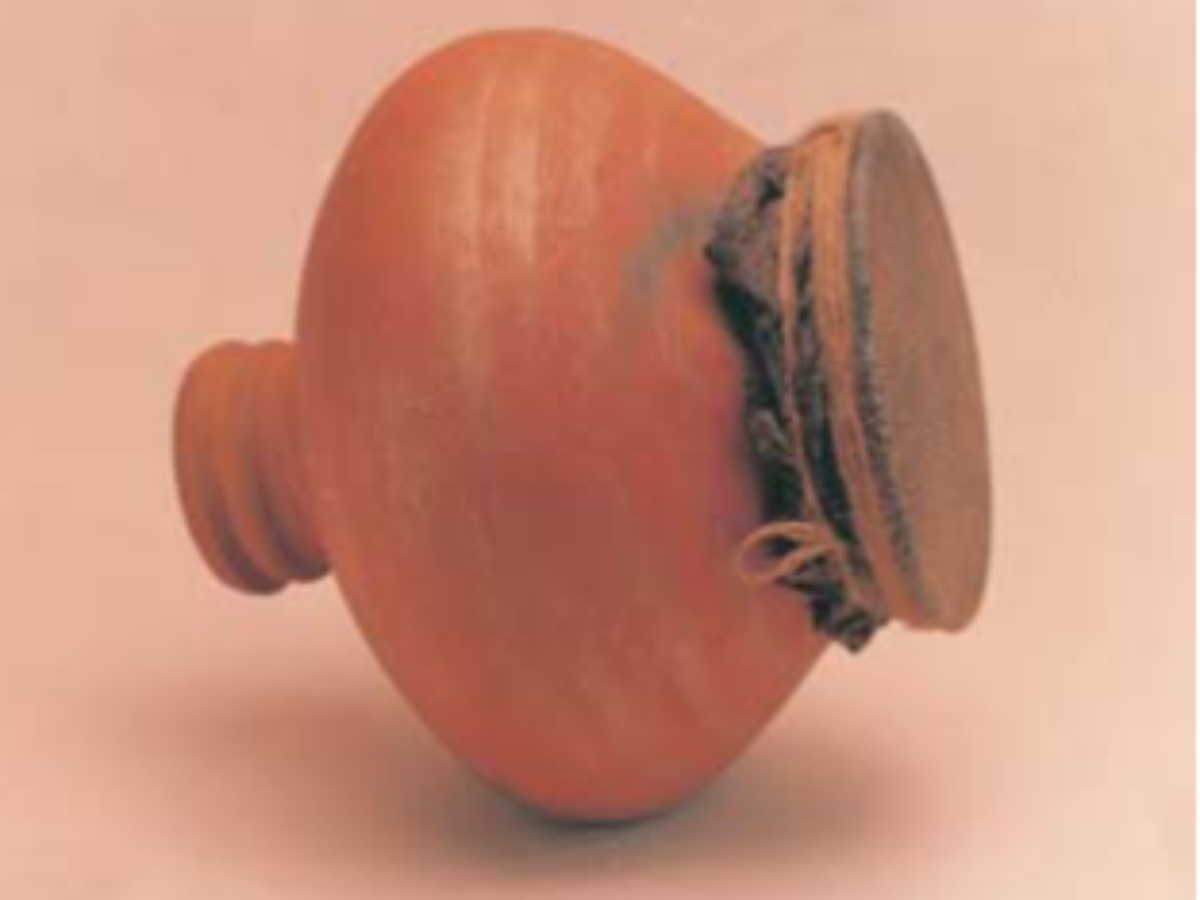State
Tribe Name
Art Type
short description
Ghumat-—a living percussion of Goa. In Folk and Classical traditions, Ghumat is the most used traditional instrument in Goa. Baked earthenware is used to make the instrument, which has lizard skin on the wide end and is open from the upper side. The playing technique is that it is suspended from the shoulder, and the player beats with both hands to give out a deep penetrating thud, almost like the heart of Goan music.
Thumbnail

Filter Postion
Left
Filter Background
Off
Theme
Filter Header Image

content
Image

description
Ghumat-—a living percussion of Goa. In Folk and Classical traditions, Ghumat is the most used traditional instrument in Goa. Baked earthenware is used to make the instrument, which has lizard skin on the wide end and is open from the upper side. The playing technique is that it is suspended from the shoulder, and the player beats with both hands to give out a deep penetrating thud, almost like the heart of Goan music. Ghumat is culturally and religiously alive; it accompanies bhajans, kirtans, and folk performances in Goa. Temple music in Goa sees it as one of its prime instruments and is used largely during Ganesh Chaturthi, Shigmo, and other traditional festivals. The Ghumat is preferably played with Surt (clay pot instrument) and the Zanj (cymbals) as a rhythmic ensemble representing Goan folk traditions. Efforts are still being made for the preservation of the Ghumat, a musical instrument that forms an integral part of Goa's heritage and indigenous craftsmanship, even in times of modernity. With Guhmat being ethically used all around the globe, alternatives to lizard skin are gaining acceptance.
Image Mode
landscape
promoted
On
Verified
Off
